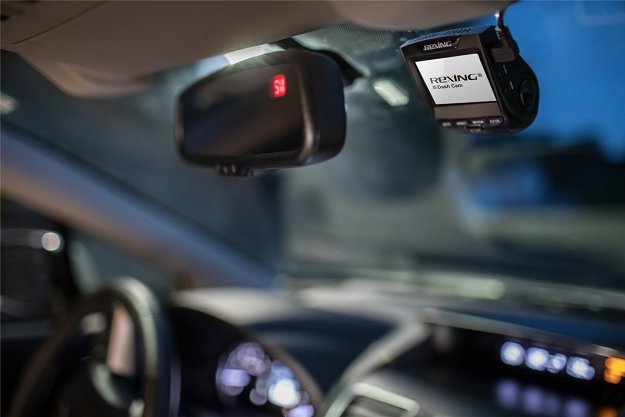“The vast majority of the 250 million U.S. cars and light trucks on the road today don’t have sophisticated electronics — features such as voice recognition and control, hands-free texting, and forward collision detection, just to name a few,” said Stephen Fletcher, CEO of Rand McNally. The OverDryve aims to provide those and other features in the form of an affordable tablet.
The dashboard device, which has a GPS antenna, provides the features Fletcher mentioned in addition to audible news, weather, traffic and sports updates; a dash camera and connectivity to a high-resolution wireless backup camera; tire pressure monitoring; trip planning and navigation; an FM radio; and optional roadside assistance and accident notification, among others.
The OverDryve also comes with a magnetic mount. When it’s taken off the mount, Rand McNally says the device acts as a leisure device to entertain passengers with typical tablet functionalities.
Best Buy will begin selling the OverDryve in June, according to Car and Driver. The device will be sold at three price points: $299 for a 7-inch tablet, $399 for an 8-inch tablet, and $499 for a 10-inch tablet.
Some features like the tire pressure monitoring system the backup camera, and onboard diagnostics will require drivers to purchase additional equipment


